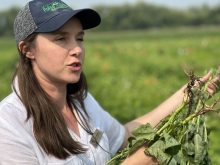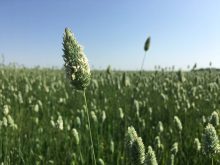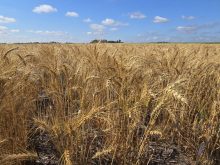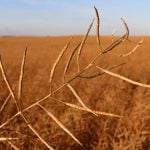An ease with livestock, horses, working dogs and rural lifestyle contributed to an increased familiarity with producers
When 16-year-old Gord Peters met Queen Elizabeth, he was worried he would be tongue-tied.
But his champion 4-H steer showed no such worry.
“She was petting the nose of my calf and it licked her hand,” Peters said of the day in July 1970 when the Queen attended the Manitoba Summer Fair at the Provincial Exhibition in Brandon and met the recently deceased monarch.
“It didn’t bother her at all.”
That ease with livestock, horses, working dogs and the rural lifestyle made Queen Elizabeth more acquainted with farmers and others in rural Western Canada than most Canadians. At the Brandon fair she awarded trophy ribbons to the 4-H winners, toured barns, examined livestock and spent time meeting Canadians with her husband, Prince Philip, and her children Princess Anne and Prince (now King) Charles in tow. She bestowed the royal designation on the winter version of the fair, making it the Royal Manitoba Winter Fair.
The Queen visited a Hutterite colony during that tour, as well as other rural communities. On visits to Canada she often visited rural locations, sometimes secretly, as she did with the Bailey farm at Carman, Man., on that 1970 visit.
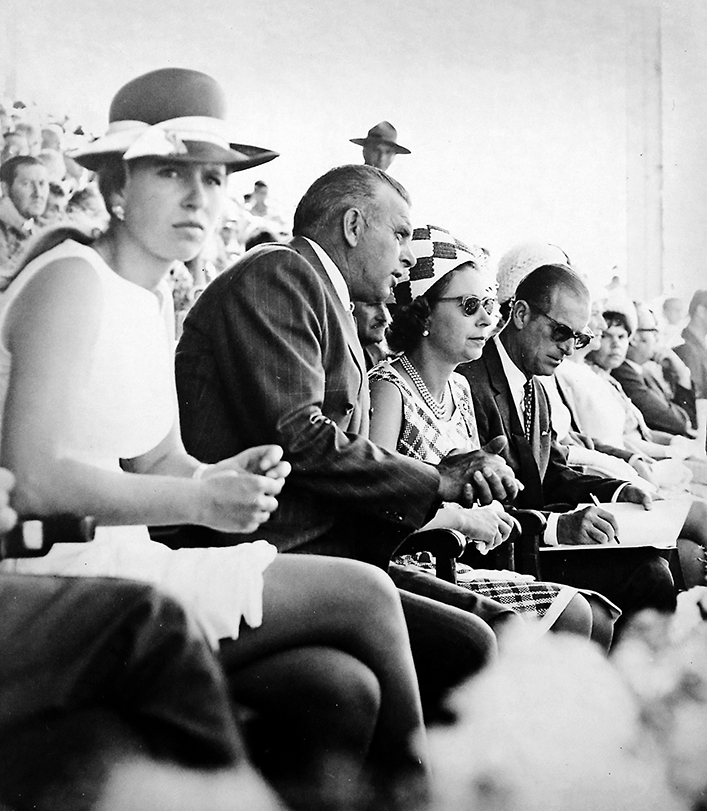
In 22 visits to Canada, she often had a chance to see Canadian horses in their native habitat. The keen equestrian didn’t just have a general interest in horses, but a direct connection through her favourite horse, Burmese, who was born in Saskatchewan and trained by the RCMP before being gifted to the sovereign in 1969.
At the Queen’s funeral, RCMP riders led the public procession.
A statue of the Queen riding Burmese stands in front of the Saskatchewan legislature, recognizing her connection with the province. A statue of the Queen also stood upon the legislative grounds of Manitoba, beside the lieutenant-governor’s residence, but was toppled by protesters last year along with that of Queen Victoria as part of a demonstration about residential school unmarked graves.
Numerous other recognitions of the Queen can be found across Western Canada.
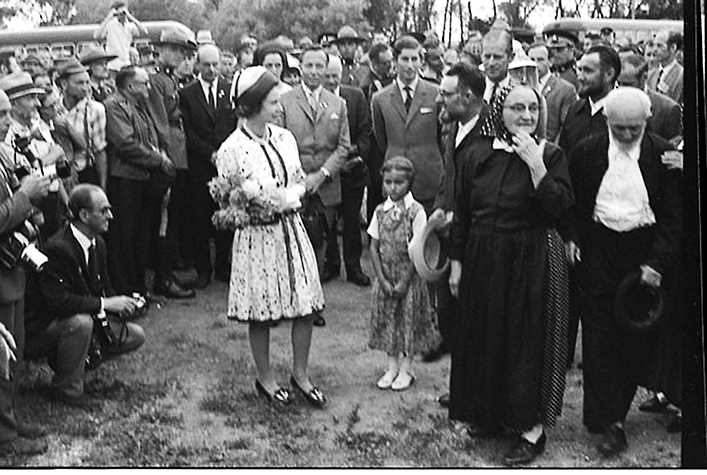
For all the time she spent in Buckingham Palace and at Windsor Castle on the edge of London, the Queen often seemed happiest at Balmoral, her Scottish home that was unquestionably more rural than her other homes. Followed about by her Welsh corgis, riding her horses across rain-soaked fields of heather, bumping around in her Land Rover, the agricultural life was never far from the Queen, even on trips to former colonies like Canada.
That interest has passed down at least one generation, with King Charles being an avid farm operator on his estate in England’s south-west, sometimes offering controversial opinions about organic agriculture and sustainability.
After 52 years, Peters has no problem recalling his meeting with the Queen. He recalls her asking him about his calf, and not in an off-hand way, but with a sense of interest in cattle.
“Prince Philip was like that too. He was quite knowledgeable,” said Peters.
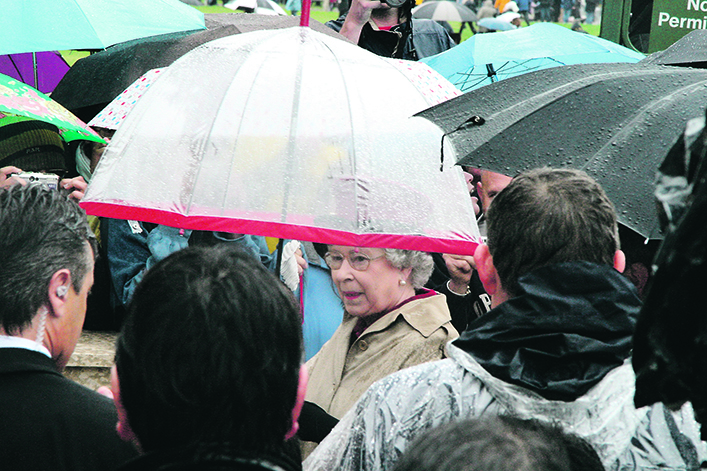
Recently Peters’ wife mentioned to their 10-year-old granddaughter that Grandpa had met the Queen, and that they had a picture of it.
She ran off to see it but was confused.
“She said, ‘well, that’s not the Queen.’ She didn’t have her jewels or crown on.”
For Peters, his image of Queen Elizabeth doesn’t have anything to do with crowns and jewels. It’s the memory of a farm fair, in which his calf unselfconsciously licked Her Royal Highness’ hand, and she seemed perfectly happy with that agricultural reality.





